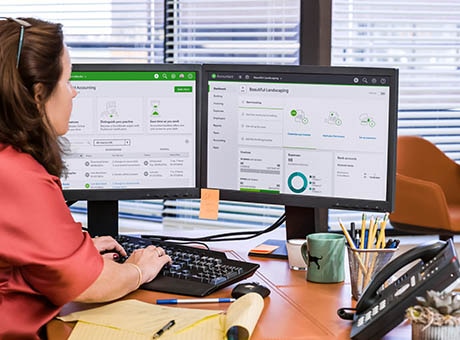Why Inventory Cash Flow Is Crucial for Retailers
Maintaining an organized, cost-effective inventory is perhaps the most important aspect of any retail e-commerce business model. Maintaining inventory is more than just stockpiling items you intend to sell; it also means keeping track of your inventory cash flow.
Cash flow refers to the amount of money “flowing” in and out of a business on a monthly, quarterly, or annual basis. When you know exactly how much money is passing through your business, it enables you to maintain a positive profit margin. If you suffer a loss, your cash flow statement pinpoints where overspending occurred so you can strategize to reverse the trend.
Calculating cash flow specifically for your inventory is essential. In an inventory cash flow document for example, costs listed should be exclusively inventory-related. This includes the price of purchasing your inventory of course, but you may also have to factor in additional items such as manufacturing and maintenance costs.
If you produce all the clothing you sell in-house, you might add the cost of raw materials and equipment acquisition/maintenance. If you have bulk inventory that has to stay frozen, you’d include the cost of running and maintaining your freezer in the cash flow sheet.
In addition to purchase and maintenance costs, you must track your actual sales as well as any inventory losses. Losses can result from theft, spoilage, damage, or other factors that make a piece of inventory unsellable. While of course you want to prevent inventory loss as much as possible, you should nevertheless be prepared to deal with it if and when it does occur.
Keeping track of inventory cash flow means knowing the overall cost and value of your inventory, which tells you how much net profit you make from the sale of your inventory.
To estimate the value of your inventory, you need to know how many units you’ve purchased, the cost of manufacturing or purchasing each unit, and how much you plan on marking up each unit when you sell it.



